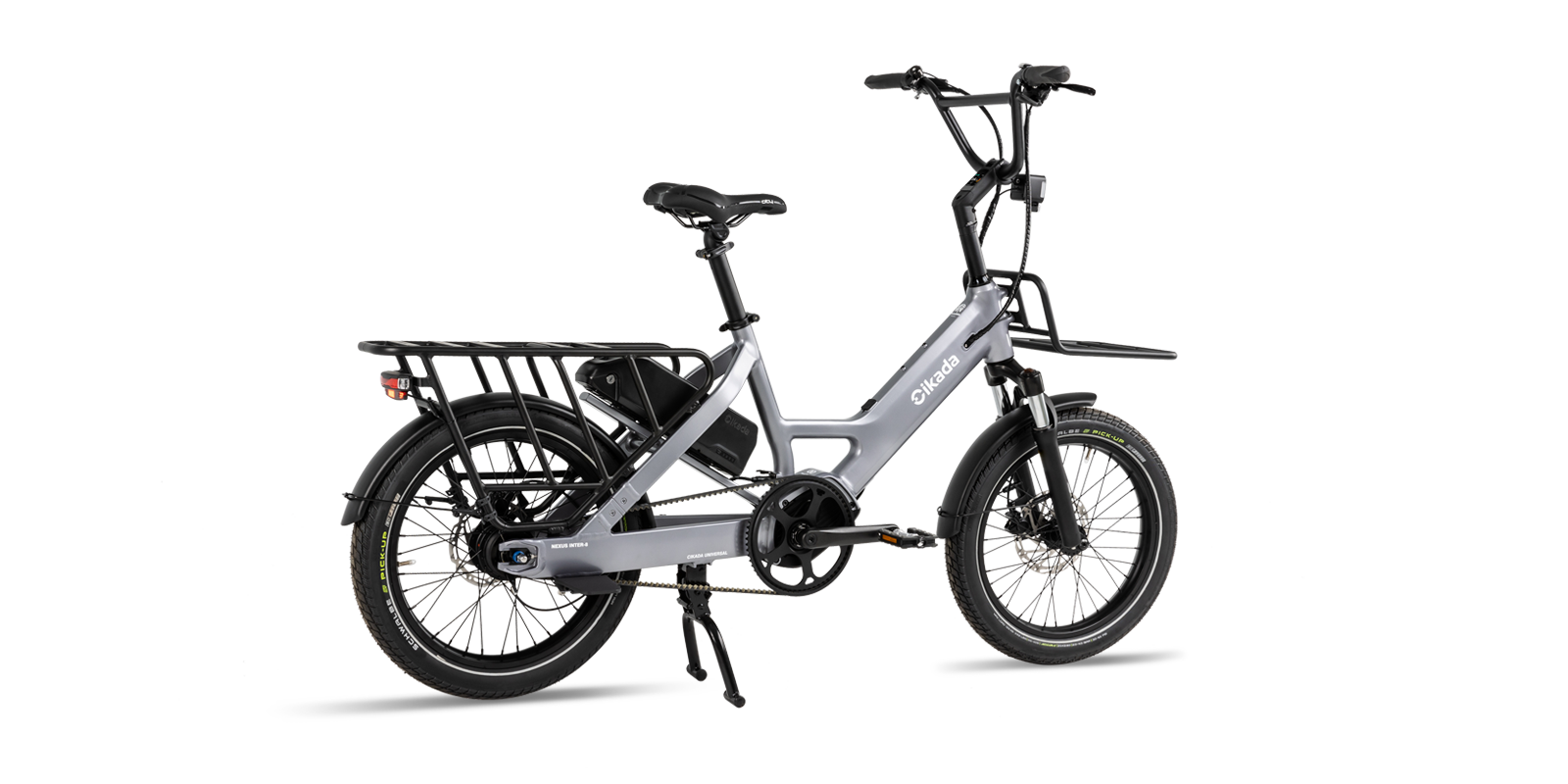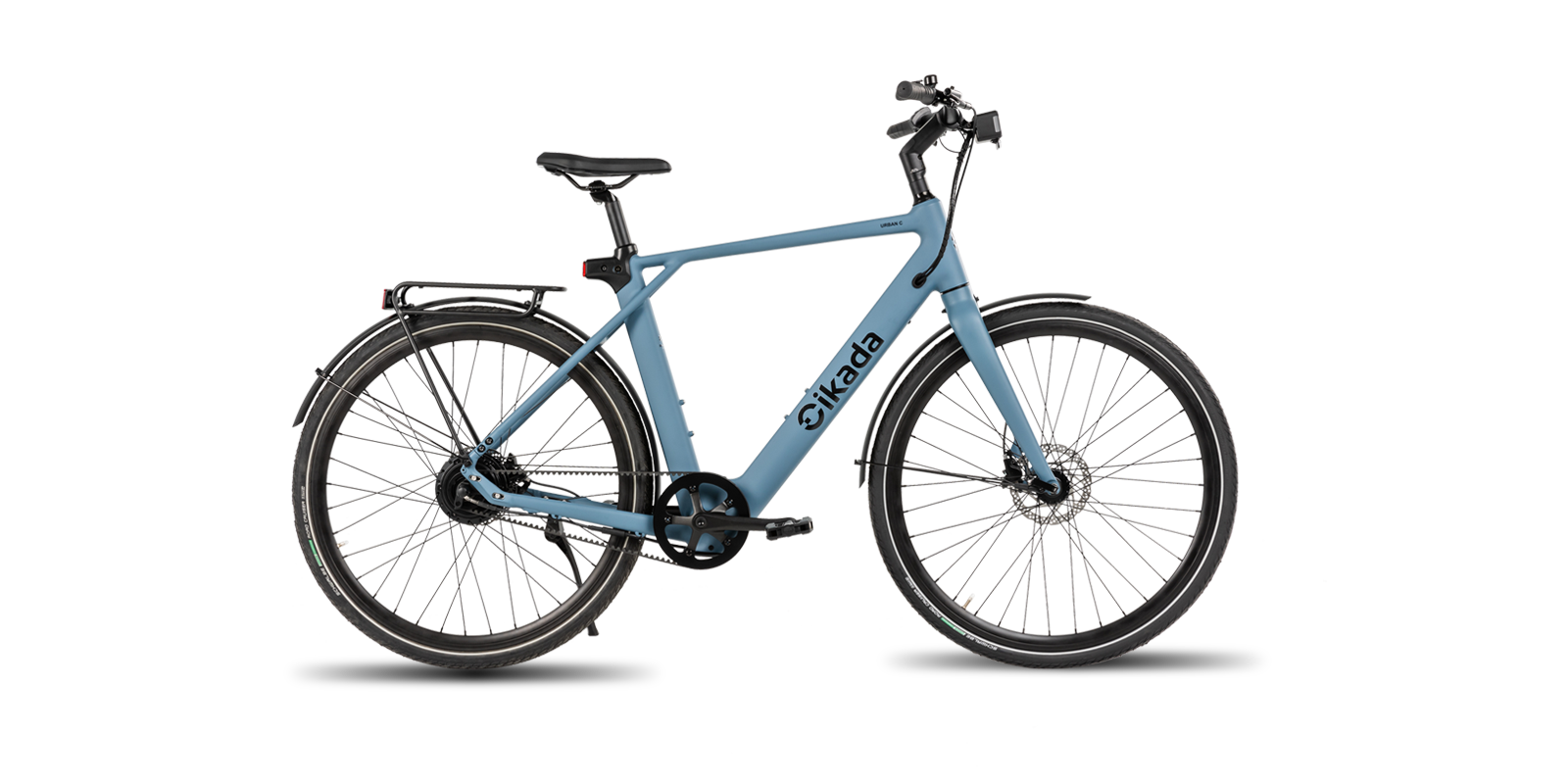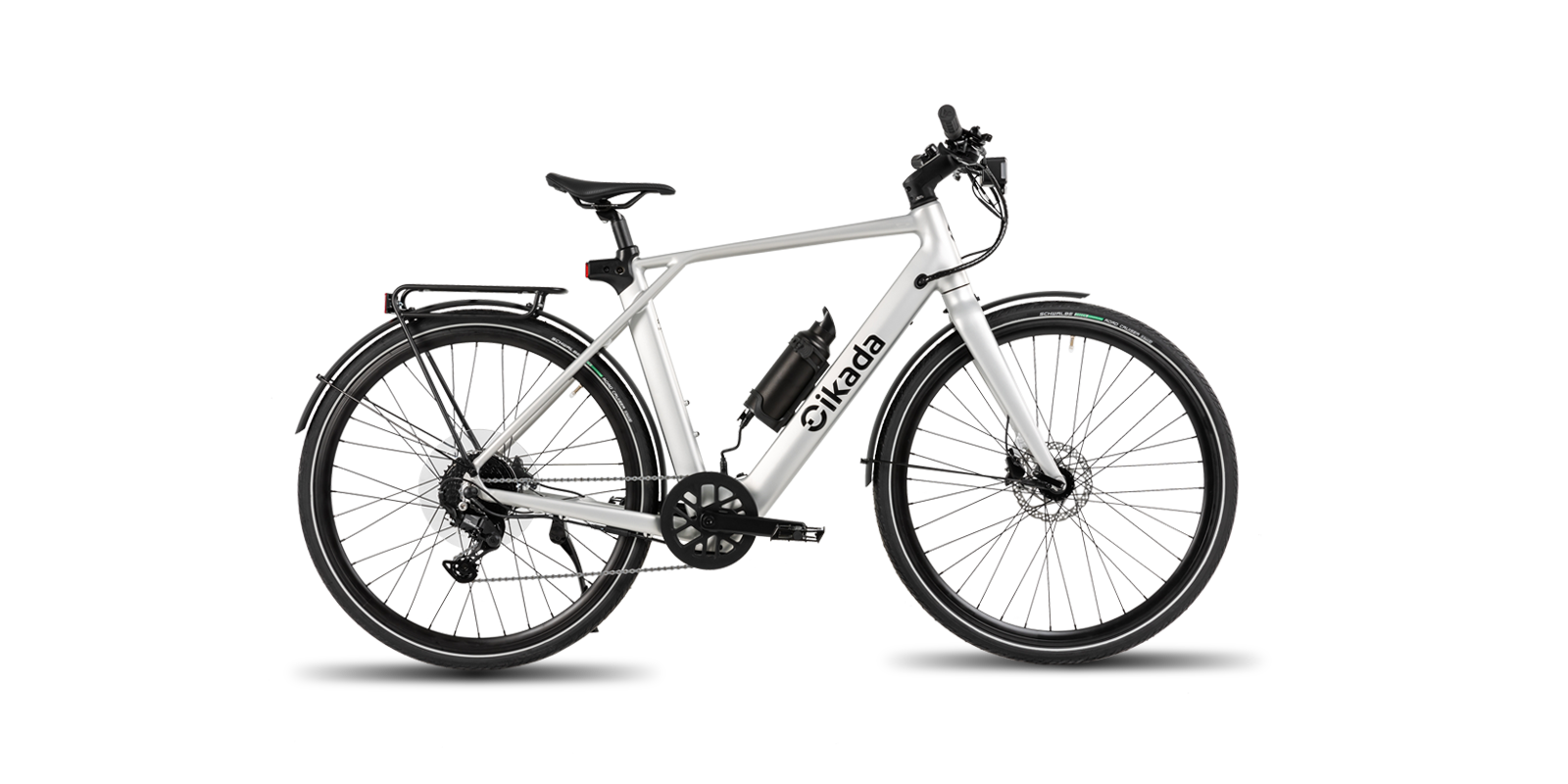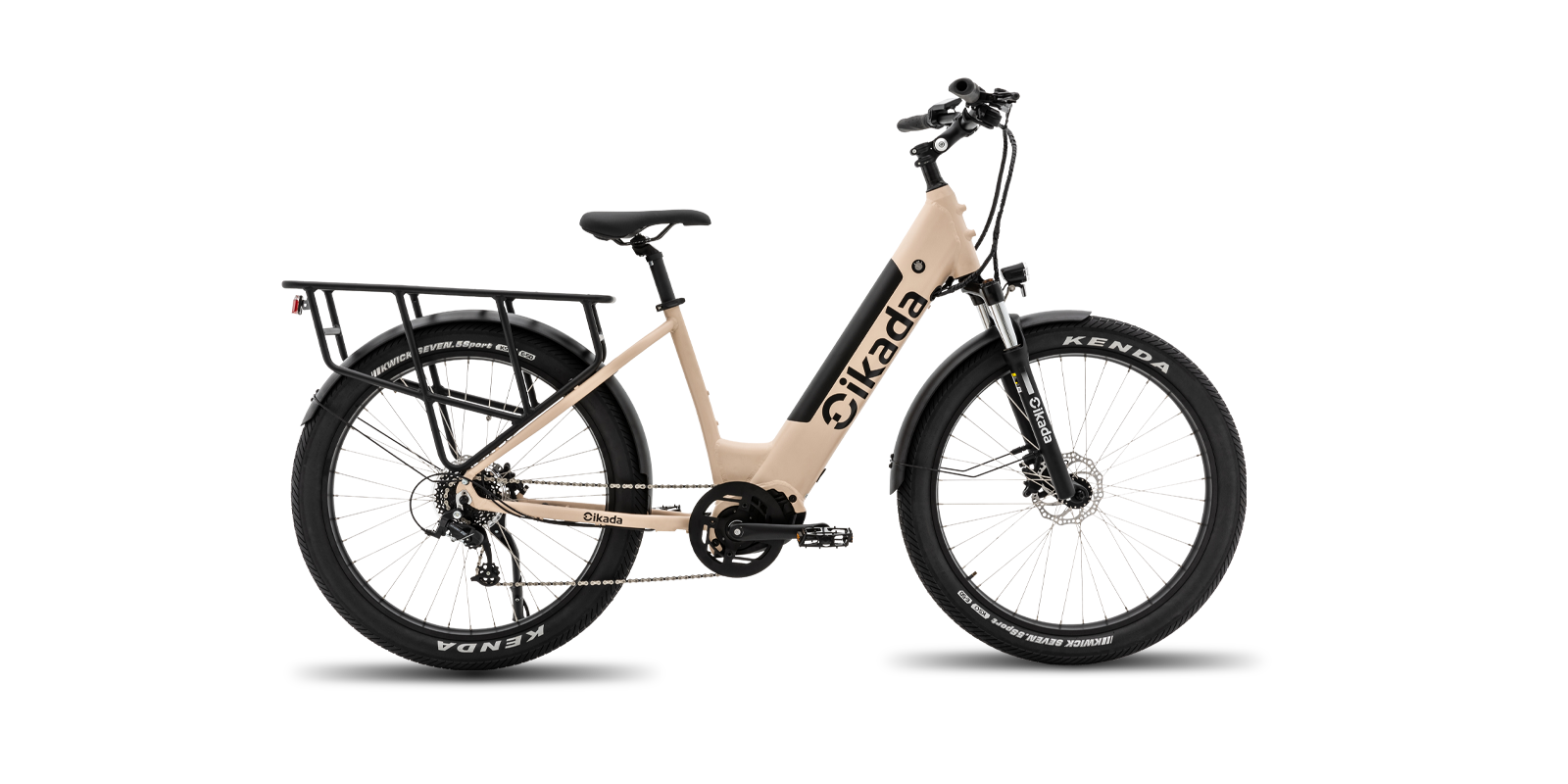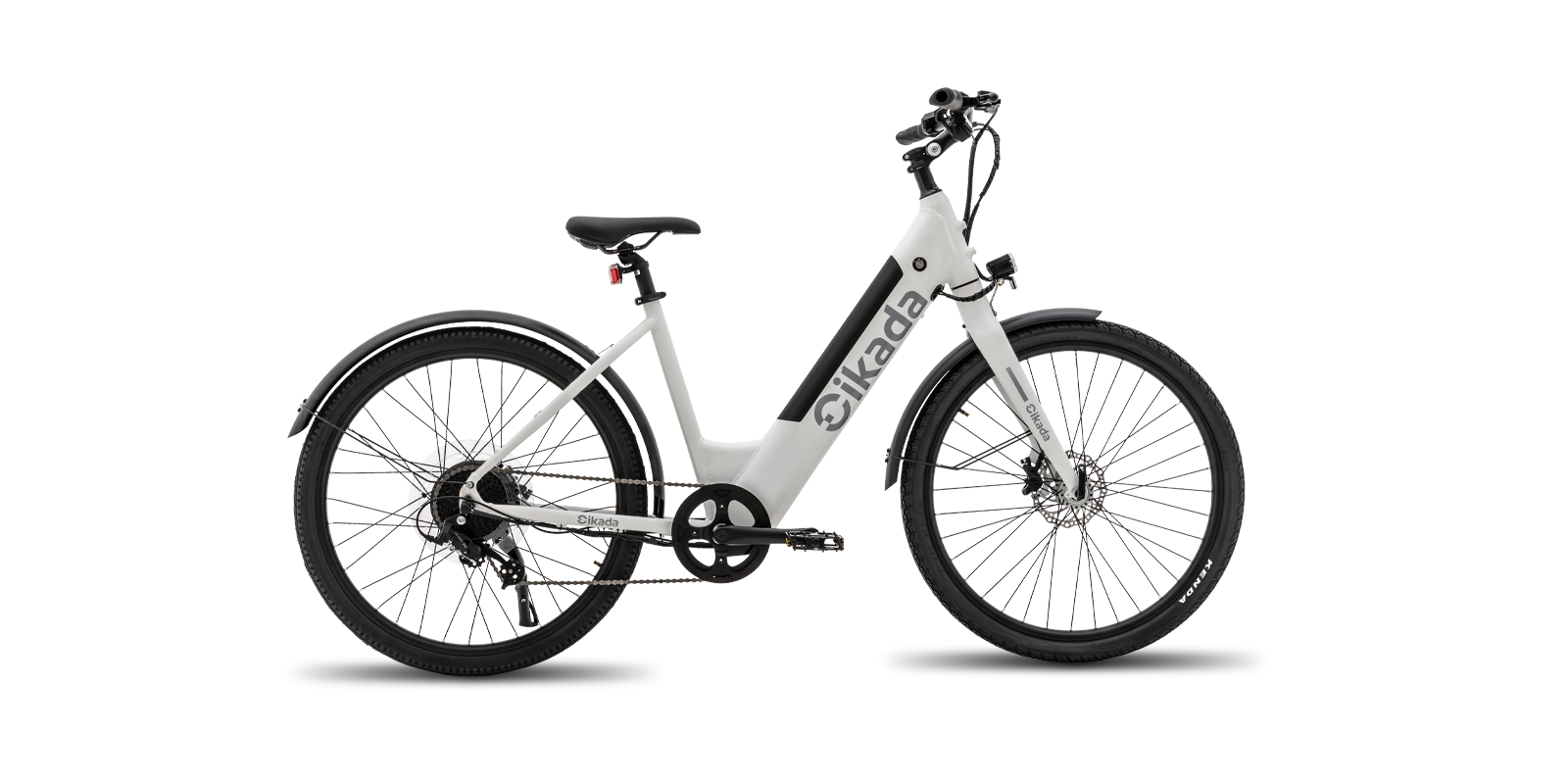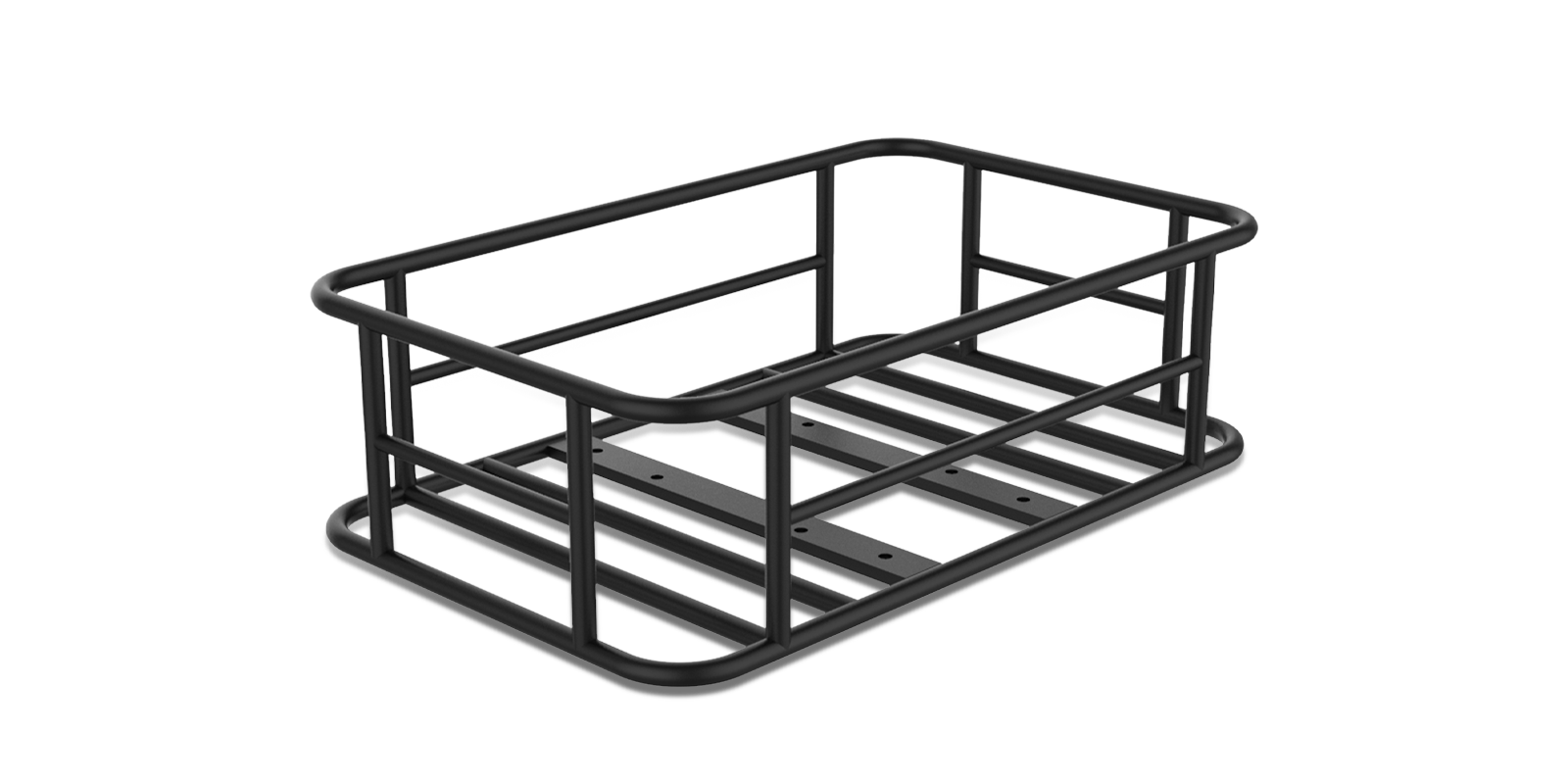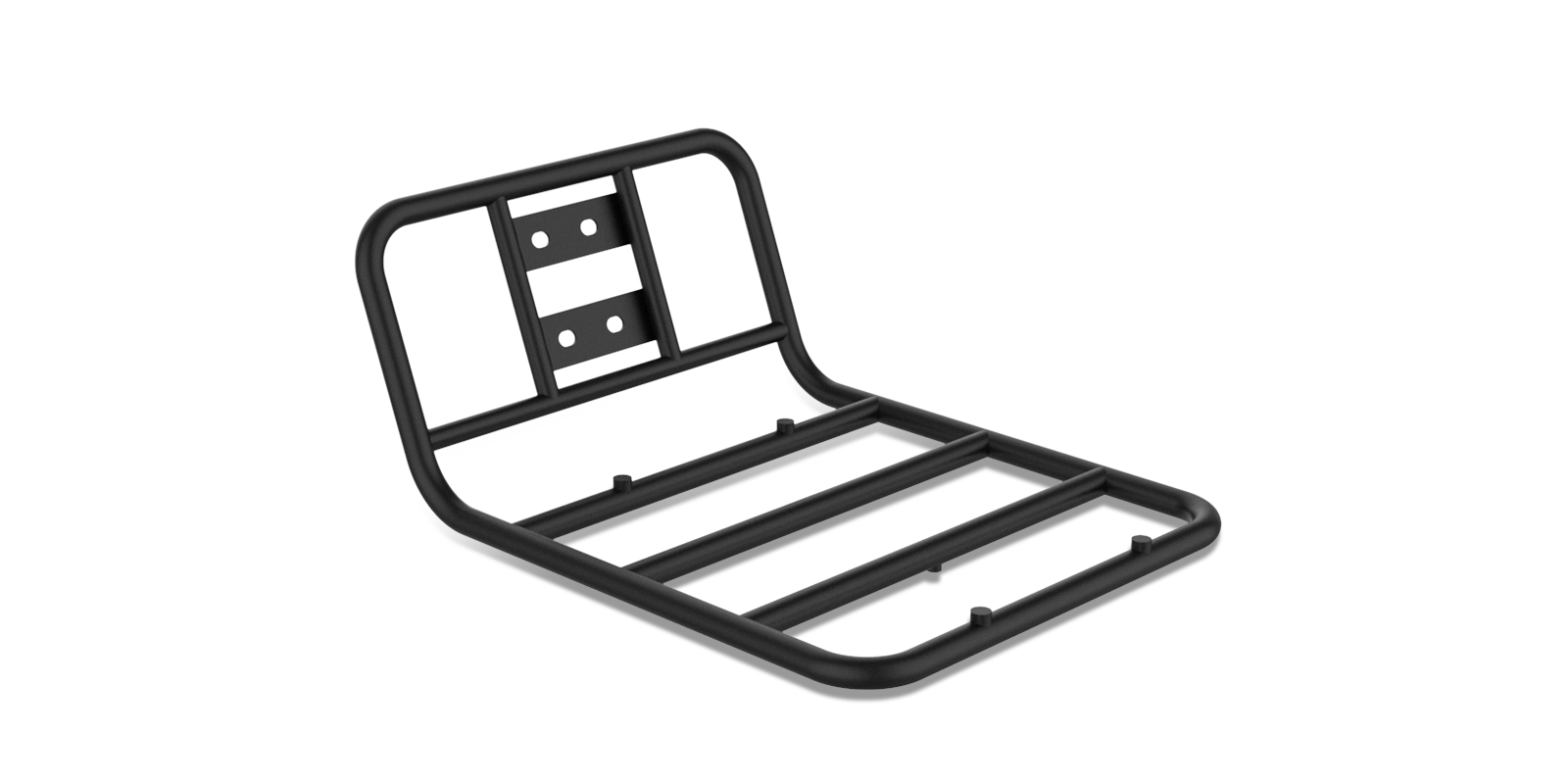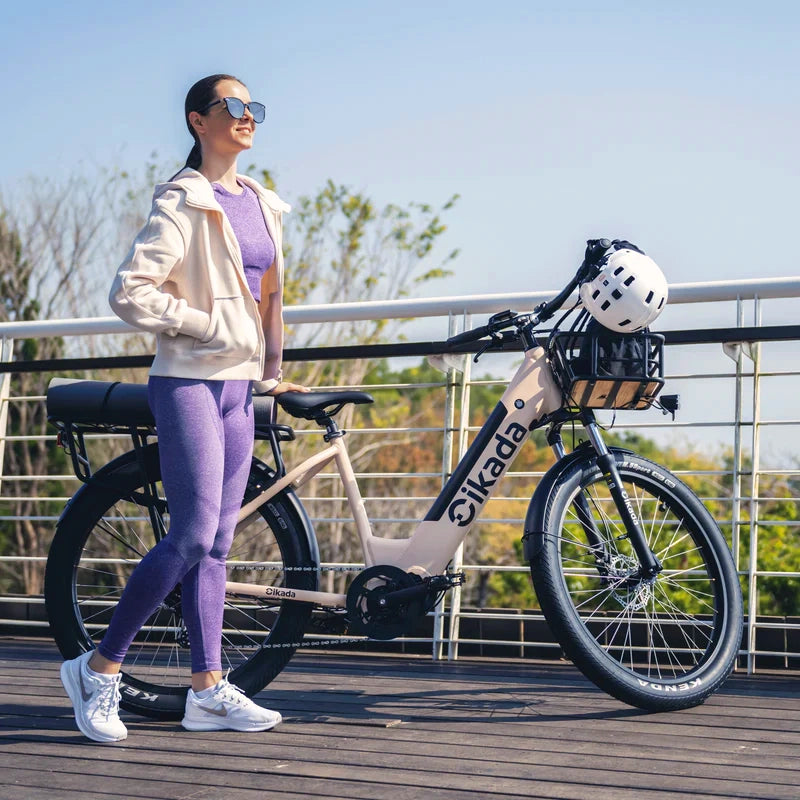
Traditional Touring Bikes vs. Modern Electric Touring Bikes
When it comes to bicycle touring, cyclists have long relied on traditional touring bikes designed for comfort, durability, and stability during long-distance rides. These bikes typically feature a relaxed geometry, sturdy frames, and robust forks, which are essential for carrying gear and handling various terrains. However, the rise of modern electric touring bikes has revolutionized the touring experience by incorporating advanced technology and features that cater to the needs of today’s cyclists. Below, we explore the differences between traditional touring bikes and their electric counterparts and address key considerations for choosing the right bike for long-distance adventures.
Key Differences
1. Power Source:
- Traditional Touring Bikes: These bikes rely solely on human power. Cyclists must be physically fit and prepared to tackle challenging terrains and varying elevations without assistance.
- Electric Touring Bikes: Equipped with electric motors and battery systems, e-touring bikes provide pedal assist, allowing riders to conquer hills and long distances with less physical strain. This feature is particularly beneficial in preserving energy for long rides or when carrying heavier loads.
2. Weight Considerations:
- Traditional Touring Bikes: Weight is a crucial factor. A lightweight frame made from materials like aluminium or carbon fibre can enhance performance and make climbing easier. The aim is to find a balance between durability and manageable weight when loaded with gear.
- Electric Touring Bikes: While weight is still important, it plays a different role. E-bikes typically weigh more due to the motor and battery, but the pedal assist feature compensates for this added weight, making it easier to ride uphill or over long distances. Therefore, while aiming for a lighter frame can still be advantageous, the emphasis shifts towards ensuring that the bike’s electric components function effectively and reliably.
3. Design and Geometry:
- Traditional Touring Bikes: These bikes feature comfortable geometry designed for long rides, often with a more upright riding position to reduce fatigue. They tend to have features tailored for stability and loaded touring, including racks, fenders, and multiple gears.
- Electric Touring Bikes: Electric versions maintain a focus on comfort but often incorporate designs that accommodate the electrical components. This includes ensuring the bike handles well with additional weight from the motor and battery. Some models also offer unique frame designs to integrate the battery seamlessly while preserving the bike's aesthetic.
Additional Elements to Consider
1. Battery Range and Charging Options:
- One of the most significant factors in choosing an electric touring bike is the battery range. Cyclists need to assess how far they can travel between charges and consider access to charging stations along their touring routes. Some bikes allow for removable batteries, enabling easier charging.
2. Maintenance and Reliability:
- Electric components introduce new maintenance considerations. Understanding how to care for the motor and battery, replacing parts if necessary, and ensuring the electrical system remains functional should all be taken into account. Additionally, traditional components, like brakes and tyres, still require regular maintenance.
3. Cost:
- Electric touring bikes often come with a higher price tag than traditional options. Cyclists must weigh the benefits of electric assistance against their budget and determine their touring needs effectively.
4. Weight Distribution:
- Unlike traditional touring bikes, which have a balanced load, electric touring bikes may have a different weight distribution due to the motor and battery placement. This aspect can affect handling, so understanding how the bike balances with loaded gear is essential for a safe riding experience.
5. Technology Integration:
- Many e-bikes come equipped with integrated technology, such as GPS or smart displays. Cyclists can benefit from features like navigation assistance, speed tracking, and battery management systems that provide real-time data on energy usage.
Traditional touring bikes and modern electric touring bikes cater to different rider needs, and understanding their unique characteristics can help cyclists make informed decisions. Electric touring bikes open up new possibilities for cyclists, allowing for longer distances without excessive physical exertion. While weight considerations remain important, additional elements such as battery range, maintenance, and overall design become pivotal factors. By weighing these aspects carefully, cyclists can choose the right bike for their touring adventures and enjoy the journey to the fullest.


